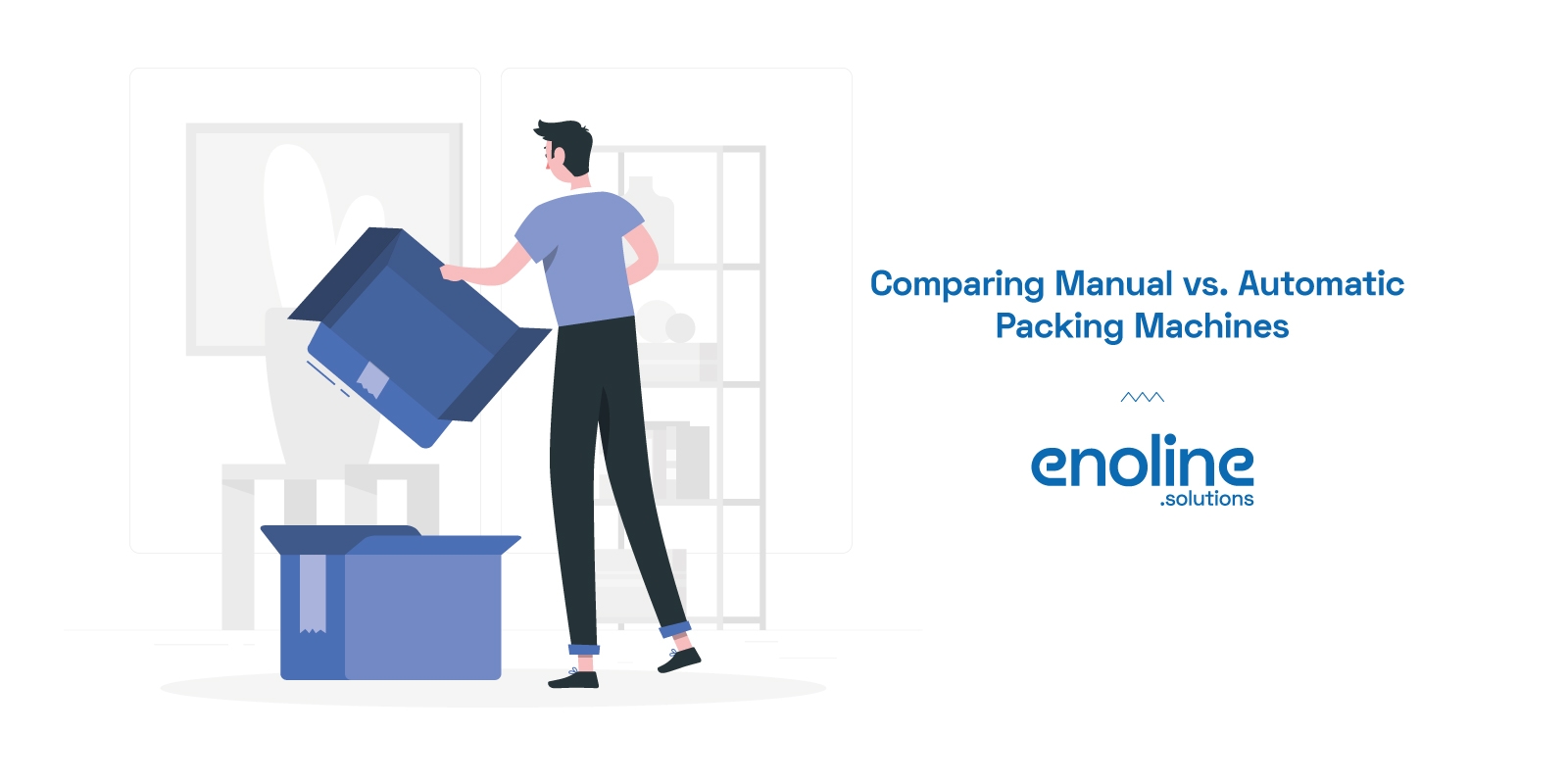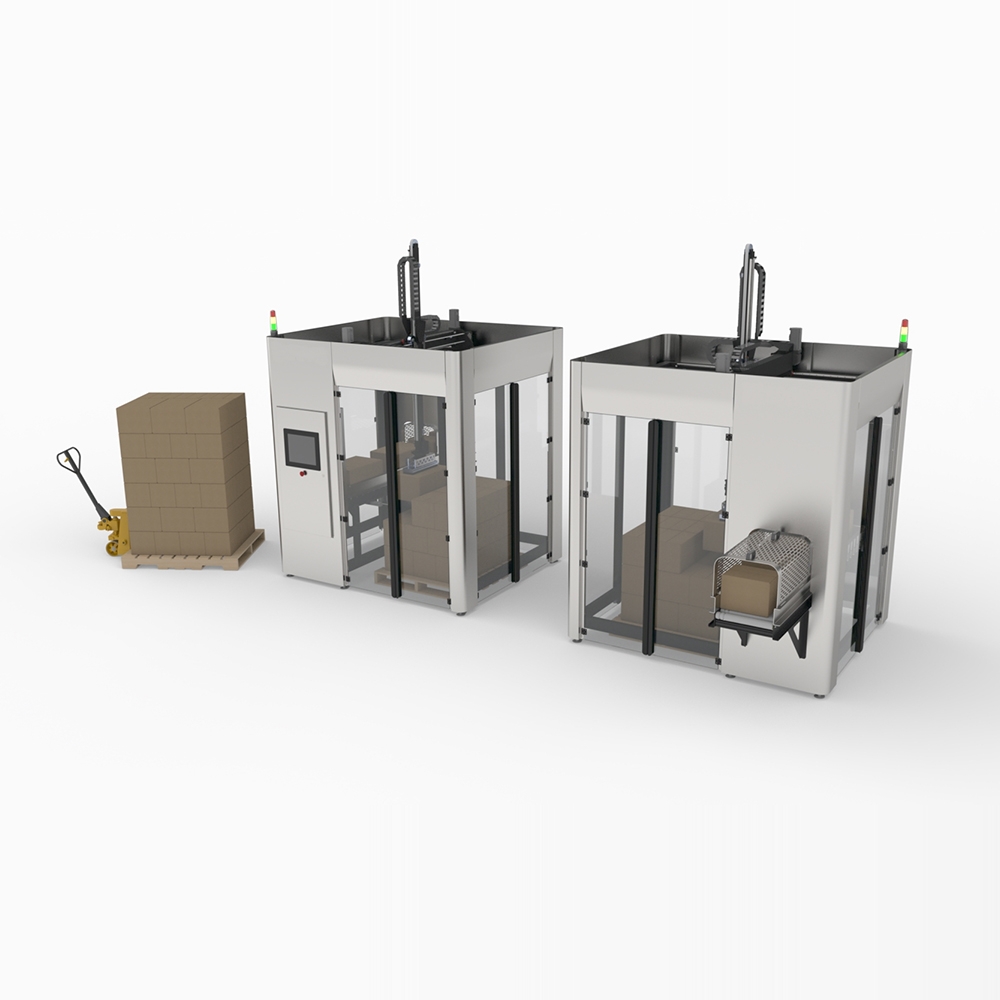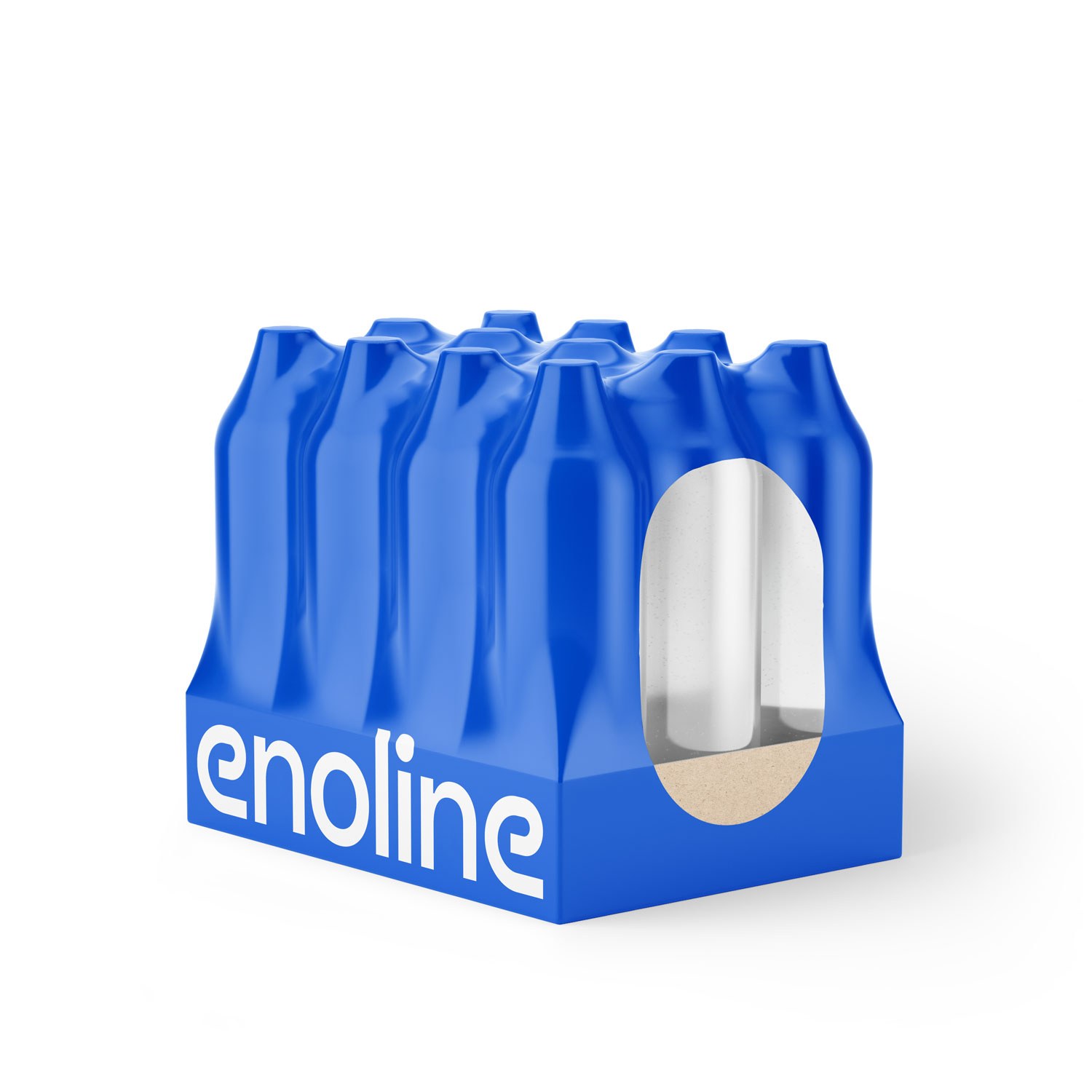August 21st
Comparing Manual vs. Automatic Packing Machines

Introduction
In the world of manufacturing and packaging, the decision to choose between manual and automatic packing machines can significantly impact a company's bottom line. While manual methods have been the traditional approach, automatic machines have brought about a revolution in terms of speed, accuracy, and efficiency.
Manual Packing Machines: Pros and Cons
Manual packing machines have been the workhorses of the packaging industry for decades. They offer a hands-on approach, allowing operators to have direct control over the process. This human touch ensures adaptability, making manual machines ideal for small-scale operations. However, manual packing comes with drawbacks, including lower throughput, increased labor costs, and potential inconsistencies in the packaging quality.
Automatic Packing Machines: Advantages and Limitations
Automatic packing machines, on the other hand, have redefined the packaging landscape. They boast impressive speed, consistent quality, and reduced labor requirements. By employing advanced technologies like sensors and robotics, these machines minimize errors and optimize the packaging process. Despite these advantages, automatic machines can be expensive to purchase and maintain, requiring specialized training for operation.
Factors to Consider When Choosing Between Manual and Automatic Packing Machines
When deciding between manual and automatic packing machines, several factors come into play. These include production volume, product characteristics, budget constraints, and desired packaging quality. Companies must carefully assess these aspects to make an informed decision that aligns with their unique requirements.
Industries that Benefit from Manual Packing Machines
Industries that prioritize customization and a personal touch often find manual packing machines suitable. Artisanal products, delicate items, and limited production runs benefit from the adaptability offered by manual methods. Cosmetics, confectionery, and specialty foods are examples of sectors that prefer the human touch.
Industries that Thrive with Automatic Packing Machines
Automatic packing machines shine in high-volume production environments. Industries such as pharmaceuticals, electronics, and fast-moving consumer goods rely on their speed and precision. These machines ensure consistency and reduce the risk of contamination, making them indispensable for products that demand utmost quality and efficiency.
Cost Analysis: Manual vs. Automatic Packing Machines
Cost is a pivotal factor in any business decision. Manual packing machines typically have a lower upfront cost, making them attractive for startups and businesses with limited budgets. However, automatic machines offer long-term savings through increased productivity and reduced labor costs. A thorough cost-benefit analysis is crucial to determine the most viable option.
Customization and Adaptability: Which Machine Fits Better?
The degree of customization required in packaging dictates the choice between manual and automatic machines. Manual machines allow for quick changes and adjustments, catering to products with varying sizes and shapes. Automatic machines are better suited for standardized packaging, ensuring uniformity in high-speed production lines.
Maintenance and Longevity Comparison
Maintenance plays a vital role in the operational continuity of packing machines. Manual machines are relatively simpler to maintain and repair, often requiring minimal technical expertise. In contrast, automatic machines demand regular maintenance by trained professionals to keep them operating at peak efficiency. Despite this, the longevity and reduced downtime of automatic machines often offset maintenance complexities.
Environmental Impact: A Closer Look
The ecological footprint of packaging machinery is a growing concern. Manual machines generally have a lower environmental impact due to their reduced energy consumption and simplified design. Automatic machines, while more energy-efficient than before, still require more resources to manufacture and maintain. Companies striving for sustainability must carefully weigh these factors.
Human Touch vs. Precision Technology
The debate between the human touch and precision technology rages on in the packaging industry. Manual machines allow operators to exercise judgment and adaptability, which can be crucial for certain products. Automatic machines, powered by advanced algorithms, provide unmatched accuracy and consistency. The choice boils down to the specific needs of the products being packaged.
Speed and Throughput: Finding the Right Balance
Speed and throughput are pivotal considerations in packaging operations. Manual machines might lag behind in this aspect, making them unsuitable for high-volume production lines. Automatic machines excel in this department, ensuring rapid packaging while maintaining quality. Striking the right balance between speed and quality is essential to meet market demands effectively.
Quality Control and Error Reduction
Packaging errors can have far-reaching consequences, from customer dissatisfaction to regulatory non-compliance. Automatic machines significantly reduce the risk of errors through their precision and consistent operation. Manual methods, while prone to human error, allow operators to spot and rectify issues on the spot.
Conclusion
In the tug-of-war between manual and automatic packing machines, there's no one-size-fits-all answer. Each approach brings its own set of advantages and limitations. Businesses must carefully evaluate their unique needs, production volume, budget, and desired packaging quality to make an informed decision. Ultimately, the chosen packing machine can play a pivotal role in streamlining operations, enhancing efficiency, and ensuring product integrity.
FAQs
1. Is an automatic packing machine always more expensive than a manual one?
While automatic machines have a higher upfront cost, they often lead to long-term cost savings due to increased productivity and reduced labor requirements.
2. Can manual packing machines match the speed of automatic ones?
Manual machines typically have a lower throughput compared to automatic machines, making them better suited for small-scale or specialized production.
3. Are automatic packing machines suitable for delicate or irregularly shaped products?
Yes, automatic machines can be adapted to handle various product shapes and sizes, but manual machines provide more flexibility for unique packaging needs.
4. Do automatic packing machines require specialized training for operators?
Yes, operating automatic machines requires training to ensure proper setup, maintenance, and troubleshooting.
5. What does the future hold for packaging machinery?
The future of packaging machinery involves increased automation, accessibility, and integration of advanced technologies like AI and machine learning to enhance efficiency and adaptability.
Let us find the best packaging solution for your business !




